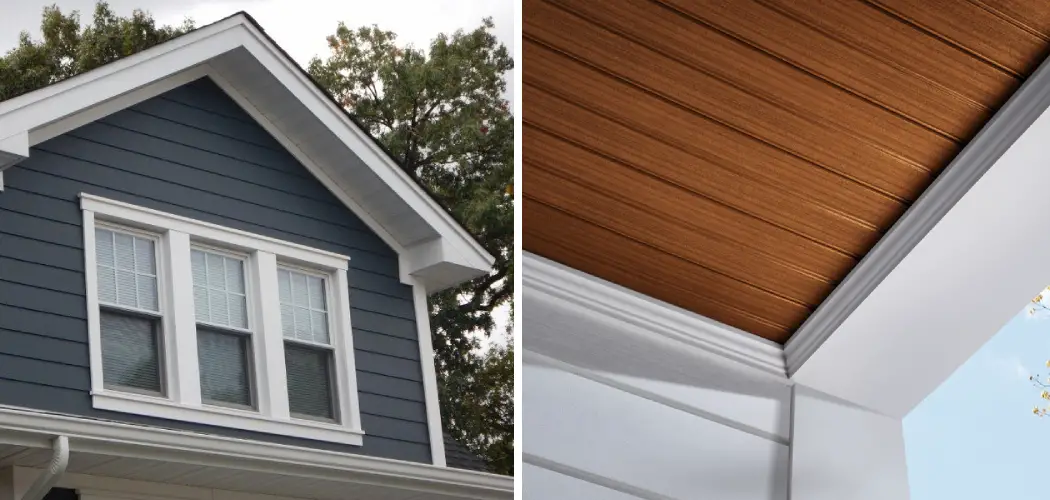Are you looking for a way to improve the look of your interior woodwork projects but aren’t sure how to attach PVC trim? If you’re looking to give your home an upgrade with a home exterior facelift, then learning how to properly attach PVC trim to existing wood siding is essential.
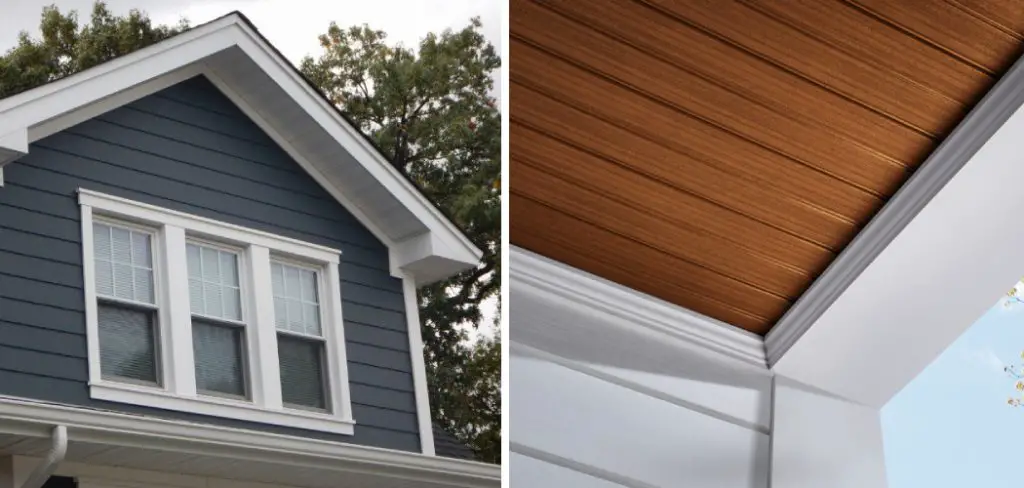
In this blog post, we’ll be discussing the best ways how to attach PVC trim to wood for professionals and DIYers alike to achieve a clean look when attaching PVC trim; from choosing the right adhesive, prepping the surface correctly, and ensuring proper adhesion by making sure all tools are at hand.
With this step-by-step guide to attaching PVC trim to wood surfaces, you’ll easily be able to create a beautiful finish that makes any house look brand new! So let’s get started by going over what exactly PVC trim is and why it might be suitable for your project!
What is PVC Trim?
PVC trim is a type of exterior building material made of polyvinyl chloride (PVC) and is used to create a low-maintenance, durable finish on the outside of homes. This type of trim can be installed to replace existing wood siding or as an accent piece to enhance the look of your home’s exterior.
Compared to other types of exterior trim, PVC trim is preferred because it is rot-resistant and impervious to insects. It’s also easy to install on a variety of surfaces, including wood, concrete block, masonry and drywall. And with its durability and low maintenance requirements, PVC trim can be expected to last for many years even in harsh climates.
The Advantages of Attaching PVC Trim to Wood
1. Lightweight
When it comes to attaching PVC trim to wood, the two materials have many advantages. Not only is PVC trim lightweight and easy to install, but it also offers superior protection against water damage and rot compared to traditional wooden siding.
In addition, PVC trim won’t warp or crack due to extreme temperature changes and its non-porous surfaces mean that paint won’t peel off easily. This makes PVC trim an ideal choice for those looking to add a modern, stylish look to their home’s exterior.
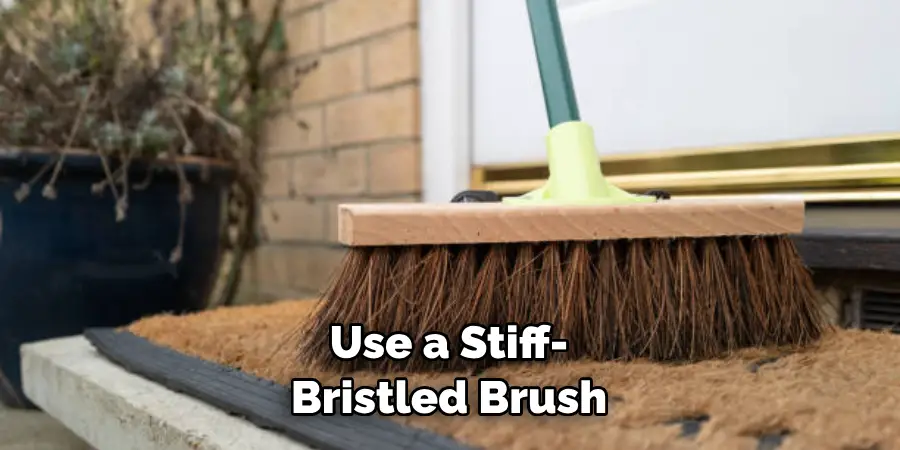
2. Low Maintenance
PVC trim also offers a low-maintenance alternative to traditional wood siding, which requires regular painting and sealing. PVC trim is impervious to moisture, so there’s no need to worry about mold or mildew buildup. And because it won’t absorb water, you don’t have to worry about paint chipping or peeling off due to water damage.
3. Affordable
Finally, PVC trim can be a cost-effective solution when compared to other types of exterior siding materials. It’s relatively easy to install and requires minimal maintenance, so you get more bang for your buck in the long run.
4. Durability
Another advantage of attaching PVC trim to wood is its durability and resistance to damage from UV light, salt water, and other environmental factors. Because it is made from durable plastic material, it can withstand harsh weather conditions and still look like new, making it an ideal choice for climates with extreme temperatures.
Preparing the Surface
Before you learn how to attach PVC trim to wood surfaces, it’s important to properly prepare the surface for installation. This will ensure that your trim piece is securely attached and won’t come off with weathering or regular wear and tear.
Start by cleaning the surface of any dirt, grime or debris that could affect adhesion of the PVC trim. Use a stiff-bristled brush and laundry detergent to rinse off the area. Make sure you use a cleaner that is specifically designed for removing dirt, grease, and other contaminants from PVC trim; otherwise, you could end up damaging your trim piece or leaving visible marks on the surface.
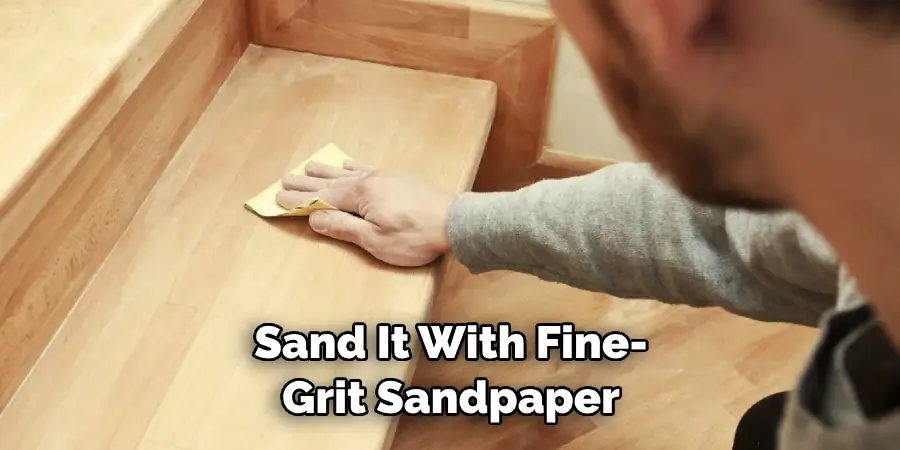
Once the surface is clean, lightly sand it with fine-grit sandpaper. This will create a slightly rougher surface that the adhesive can easily adhere to, resulting in stronger adhesion. Make sure you use a dust mask while sanding and clean up any excess residue so it doesn’t interfere with the adhesion process.
Tools Needed To Attach PVC Trim to Wood
The tools you will need to attach PVC trim to wood may vary depending on the type of project. You’ll need
- A miter saw, or hand saw
- Circular saw blade
- A cordless drill and a bit set
- Hammer and nail set
- PVC trim adhesive
- Putty knife
- Tape measure
- Level
- Safety glasses
With these tools in hand, you should be ready to attach your PVC trim pieces to the wood surface.
Installing The PVC Trim in 5 Steps
Step 1: Measurement
When it comes to installing PVC trim, there are a few steps you should follow. Start by measuring the area where you will be attaching your trim pieces and cut them to size using your miter saw or hand saw. Make sure that all of the edges align with each other so that they fit smoothly against the wood surface.
Step 2: Pre-Drilling
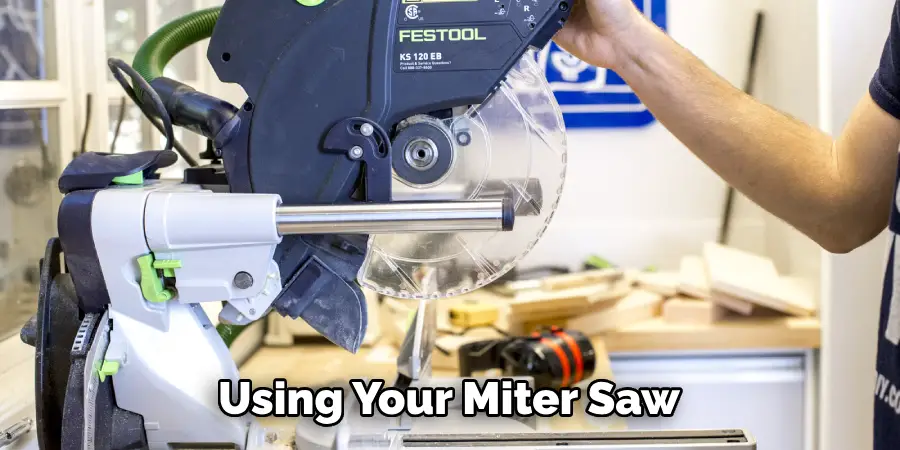
Once your trim pieces are cut to size, you’ll need to pre-drill holes in them for the nails or screws. Use a cordless drill and bit set to make sure that the holes are drilled correctly. This will help ensure that your PVC trim is securely attached to the wood surface without any gaps.
Step 3: Adhesive Application
Next, apply an adhesive to the back of the trim piece and spread it evenly with a putty knife or putty brush. Make sure that all surfaces are completely covered so that the adhesive creates a strong bond between the wood and PVC trim pieces. Allow the adhesive to sit for at least 10 minutes before continuing with the installation.
Step 4: Attachment
Once the adhesive has had time to cure, you can begin attaching your PVC trim pieces to the wood surface. Place each piece in its designated spot and secure it with nails or screws, making sure that all edges are aligned perfectly and that the trim is flush against the wood surface. Make sure not to over-tighten the fasteners, as this can cause damage to the PVC trim piece.
Step 5: Finishing
Once all of your PVC trim pieces are installed, you’ll need to apply a finish coat of paint or sealant. This will help protect the trim from weathering and make it more resistant to dirt and other contaminants. Make sure you use a paint or sealant that is specifically designed for PVC trim, and always follow the product’s instructions closely.
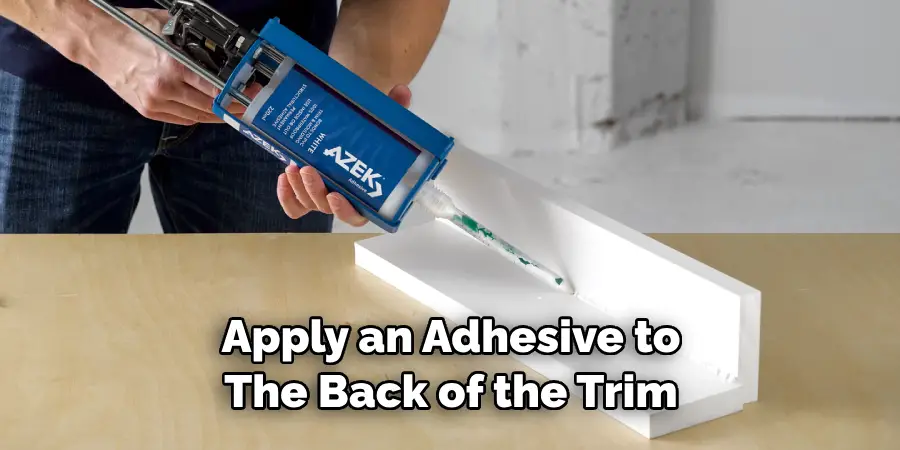
That’s all there is to it! With these tips, you should be able to easily attach your PVC trim pieces to wood surfaces. And with its durability and low maintenance requirements, you can expect your PVC trim to last for many years to come.
8 Tips and Troubleshooting
When attaching PVC trim to wood surfaces, there are a few tips to keep in mind:
- Make sure that all surfaces are clean and free of dirt, grime or debris before applying any adhesives. Making sure the surface is clean will ensure that your trim pieces are securely attached.
- Use a stiff-bristled brush and laundry detergent to rinse off any dirt or grime before sanding the surface with fine-grit sandpaper. This will create a slightly rougher surface that the adhesive can easily adhere to, resulting in stronger adhesion.
- Use a cordless drill and bit set to pre-drill holes in the trim pieces for the nails or screws. This will help ensure that your PVC trim is securely attached to the wood surface without any gaps.
- Apply an adhesive to the back of the trim piece and spread it evenly with a putty knife or putty brush. Make sure that all surfaces are completely covered so that the adhesive creates a strong bond between the wood and PVC trim pieces.
- When attaching your PVC trim pieces to the wood surface, make sure not to over-tighten the fasteners, as this can cause damage to the trim piece.
- Allow ample time for adhesives to cure before applying any finish coats of paint or sealant. This will help protect the trim from weathering and make it more resistant to dirt and other contaminants.
- Make sure you use a cleaner, adhesive, paint or sealant that is specifically designed for PVC trim; otherwise, you could end up damaging your trim piece or leaving visible marks on the surface.
- Always follow the product’s instructions closely when using any type of adhesive, paint or sealant to ensure that you are getting the most from your PVC trim installation.
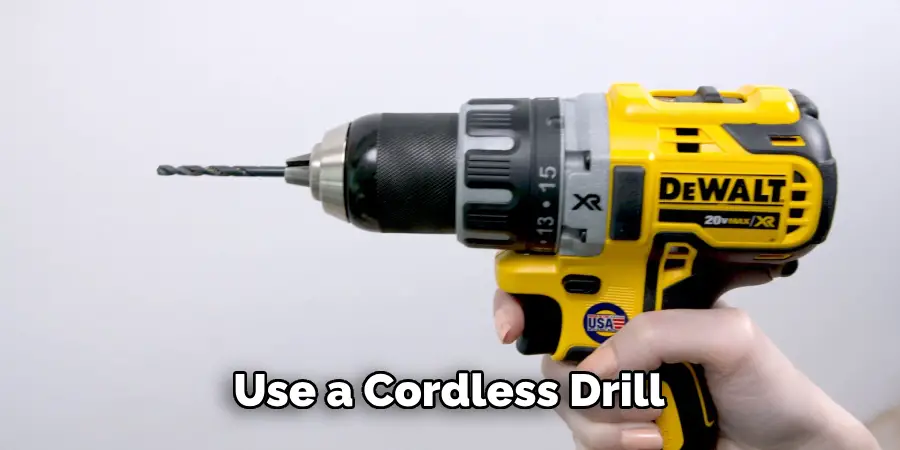
If you have any issues with attaching your PVC trim pieces to wood surfaces, contact a professional for assistance. They will be able to help troubleshoot any issues and provide advice on getting the best results.
Installing PVC trim is a great way to add a touch of style and sophistication to any wood surface. With just a few simple steps, you can easily attach your PVC trim pieces to wood surfaces and enjoy the benefits for years to come. Remember to always take safety precautions while working with tools and follow the product’s instructions closely to get the best results.
Conclusion
Attaching PVC trim to wood may seem like a daunting task, but with the right tools and instructions it can be done quickly and effectively. Now you know that attaching PVC trim to wood is a great way to update the look of your home and to give it a modern feel. With a few simple tools and some supplies from your local hardware store, it’s easy to complete this project in an afternoon.
Plus, the results are long-lasting and can be customized with any paint or stain you like. Whether you’re looking to spruce up existing windows or doors, add accent pieces, or even replace an aging trim job, PVC trims are an excellent choice for any project!
With these tips in mind, you’ll be ready to take on this project and create stunning results that will last for years to come! Following these steps on how to attach PVC trim to wood closely will help you get the results you need without sacrificing efficiency or good looks. So get out there and start transforming your wooden surfaces with beautiful new PVC trims today!

